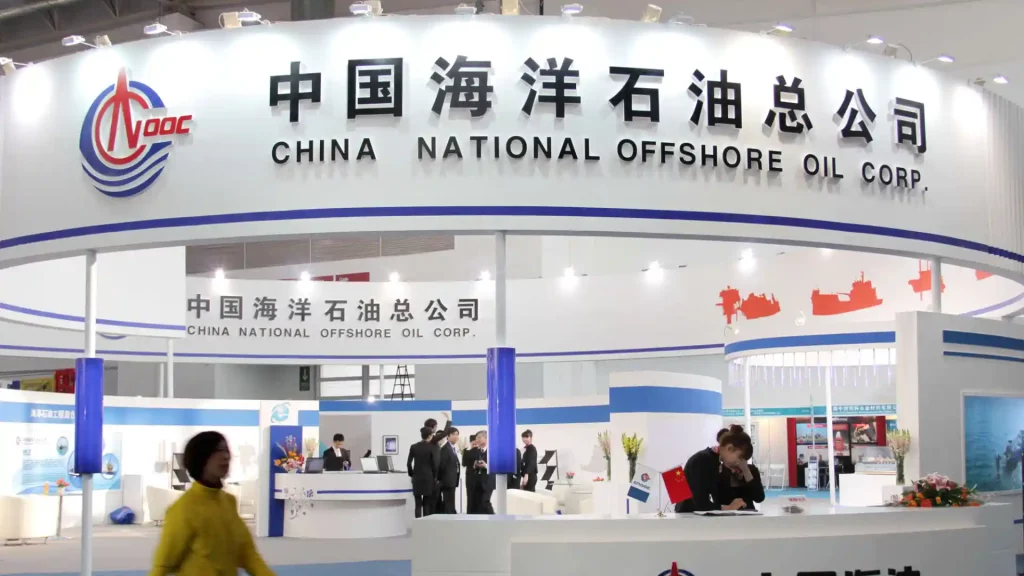Zhou Xinhuai, CEO and President of the Company, also stated that CNOOC had established a new growth pole for offshore oil and gas production in the eastern South China Sea by significantly advancing oil and gas exploration in recent years.
CNOOC Ltd, a Chinese state-owned oil and gas corporation, announced on Friday that it has identified a new reservoir in Kaiping South, in the deep waters of the South China Sea. It was estimated that more than 100 million tonnes of oil equivalent proved in place.
With an average sea depth of about 500 metres, the Kaiping South Oilfield is situated in the eastern South China Sea. The primary Paleogene oil-bearing plays include the Zhuhai, Enping, and Wenchang Formation. Light crude oil is the oil’s characteristic.
At a total depth of 3,462 metres, the discovery well KP18-1-1d was drilled and finished. There, it encountered 100.6 metres of oil and gas pay zones. According to tests, the well can produce 0.52 million cubic feet of natural gas and 7,680 barrels of crude oil on average every day. The Kaiping South Oilfield’s proven in-place volume has increased to 102 million tonnes of oil equivalent through ongoing exploration.
Expansion of CNOOC’s Resource Base
Xu Changgui, Deputy Chief Exploration Officer of CNOOC, stated that with a proven in-place volume above 100 million tons, Kaiping South Oilfield is the first deep-water and deep-play oilfield in China. The discovery increases the resource basis for the company’s superior development and amply illustrates the wide range of opportunities for exploration in the deep-water South China Sea.
Zhou Xinhuai, CEO and President of the Company, also stated that CNOOC had established a new growth pole for offshore oil and gas production in the eastern South China Sea by significantly advancing oil and gas exploration in recent years. To continually increase its capacity for energy delivery, the corporation is still dedicated to exploring and developing the South China Sea’s oil and gas resources.
CNOOC Predicts Peak Production by 2045
Since 2020, offshore oil has been the primary driver of China’s increase in crude production.
The home of the offshore Bohai oilfield, Tianjin City, was the largest contributor to China’s overall rise in crude output by volume in 2023, with Guangdong province—where the Kaiping South oilfield is located 300 km away from it—coming in second. The National Bureau of Statistics reported that Guangdong’s crude production increased by 23,000 barrels per day, or 6%, annually to 401,000 barrels in 2023. By contrast, according to NBS data, China’s crude output increased by 84,000 b/d, or 2%, year over year.
According to a forecast by CNOOC’s Energy Economics Institute, China’s offshore oil production is set to reach a peak of 70 million-80 million mt (1.41 million-1.61 million b/d) by 2045 and then gradually decline. Additionally, the share of offshore production is expected to increase from less than 25% in 2020 to more than 40% in 2060.
With an increase of almost 8%, the business increased its production goal for 2024 to a record 700 million to 720 million barrels of oil equivalent. Home production, a large portion of which comes from offshore deposits in the South China Sea and the Bohai Sea in eastern China.
